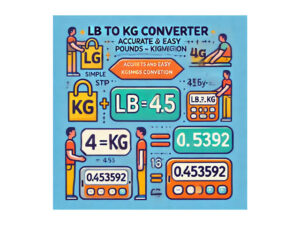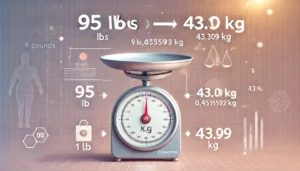Introduction
Ever found yourself in a situation where you need to convert 180mm to inches but had no idea where to start? Whether you’re working on a DIY project, ordering parts, or just satisfying your curiosity, knowing how to switch between metric and imperial measurements is incredibly useful.
In this guide, we’ll break it down step by step so you can easily convert 180 millimeters to inches and understand the logic behind it. No math degree required—just some basic calculations and a little bit of fun along the way!
How to Convert 180mm to Inches
Before diving into the actual conversion, let’s look at the conversion factor that makes this possible:
The Magic Formula
1 millimeter (mm) = 0.03937 inches
To convert 180mm to inches, simply multiply: 180×0.03937=7.0866180 \times 0.03937 = 7.0866180×0.03937=7.0866
So, 180mm is approximately 7.09 inches when rounded to two decimal places.
Quick Reference Chart: Millimeters to Inches
If you’re dealing with different millimeter measurements, this chart will come in handy:
| Millimeters (mm) | Inches (in) |
|---|---|
| 10mm | 0.39 in |
| 50mm | 1.97 in |
| 100mm | 3.94 in |
| 150mm | 5.91 in |
| 180mm | 7.09 in |
| 200mm | 7.87 in |
| 250mm | 9.84 in |
Why Knowing This Conversion Matters
1. DIY Projects & Home Improvement
If you’re a DIY enthusiast, measurements matter. Whether you’re cutting wood, sizing screws, or fitting furniture, knowing how to convert millimeters to inches can save you from costly mistakes.
2. Buying Tools & Equipment
Many products list measurements in both metric and imperial. If you’re ordering online, especially from international stores, conversions ensure you get the right size.
3. Traveling & International Use
If you travel often, you’ll notice that different countries use different measurement systems. Converting between metric and imperial can help you understand maps, speed limits, and clothing sizes more easily.
4. Science, Engineering, and Math
Students, engineers, and researchers frequently work with metric and imperial units. This conversion is useful in physics, architecture, and even medical applications where precision is key.
Fun Fact: Why Are There Two Measurement Systems?
Ever wondered why millimeters and inches both exist?
The metric system (which includes mm, cm, and meters) is used by most of the world because it’s based on the decimal system, making calculations easier.
The imperial system (which includes inches, feet, and yards) is primarily used in the United States, Liberia, and Myanmar. It originated from British units that evolved over centuries.
Though metric is considered more “scientific,” the imperial system remains common in industries like construction, aviation, and some sports.
Conclusion
Converting 180mm to inches is super simple when you know the formula:
180mm × 0.03937 = 7.09 inches
Whether you’re working on a home project, shopping for tools, or just geeking out about measurements, knowing how to convert millimeters to inches is a practical skill.
Want more quick conversions? Save this page for future reference, and you’ll never be stuck guessing measurements again!
FAQs
1. Is 180mm the same as 7 inches?
Almost! 180mm is 7.09 inches, which is slightly over 7 inches.
2. How do I convert inches back to millimeters?
To reverse the conversion, multiply the inches by 25.4.
Example: 7.09 inches × 25.4 = 180mm (approximately).
3. Can I round 7.09 inches to just 7 inches?
It depends on your need. If precision matters, keep 7.09 inches. If it’s for a rough estimate, rounding to 7 inches is fine.
4. What is 180mm in centimeters?
Since 1 cm = 10 mm, simply divide by 10:
180mm ÷ 10 = 18 cm.
5. Is 180mm a standard size for anything?
Yes! 180mm is a common measurement for fan sizes in computers, bike disc rotors, and some woodworking tools.
Now that you’ve mastered 180mm to inches, what’s next? Try converting other millimeter values and impress your friends with your metric-to-imperial skills!





